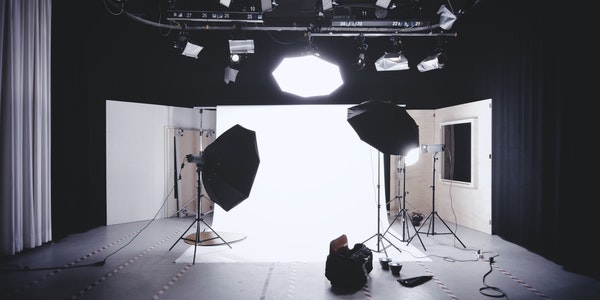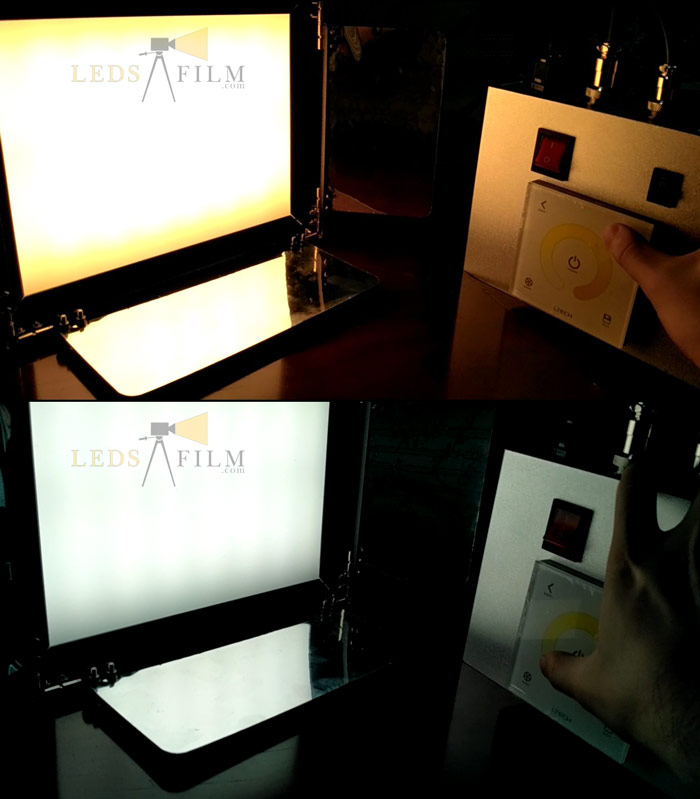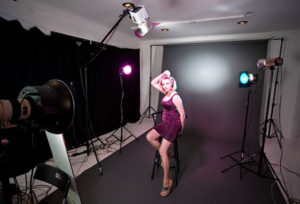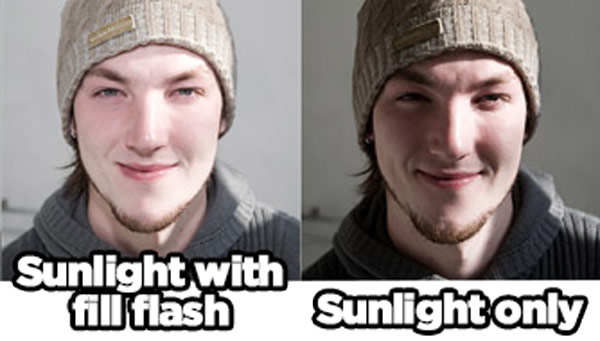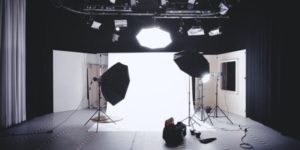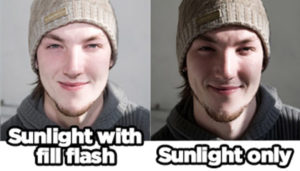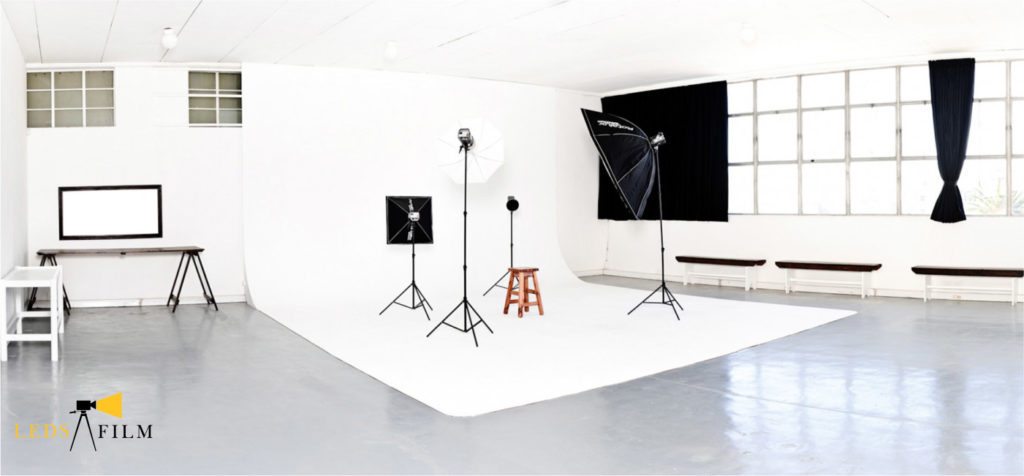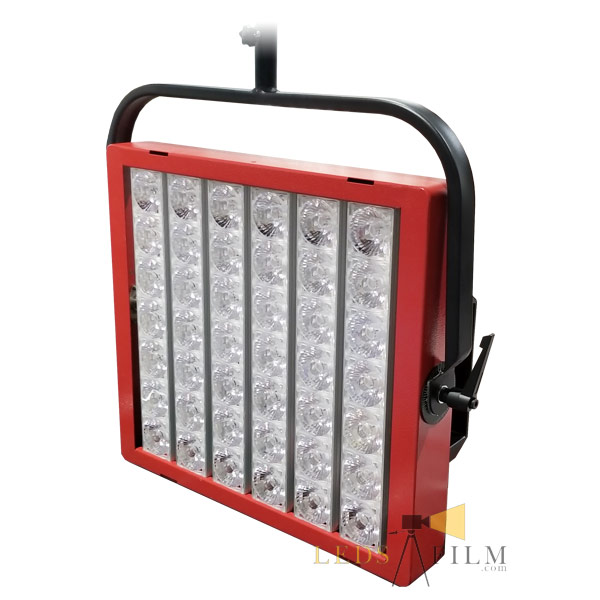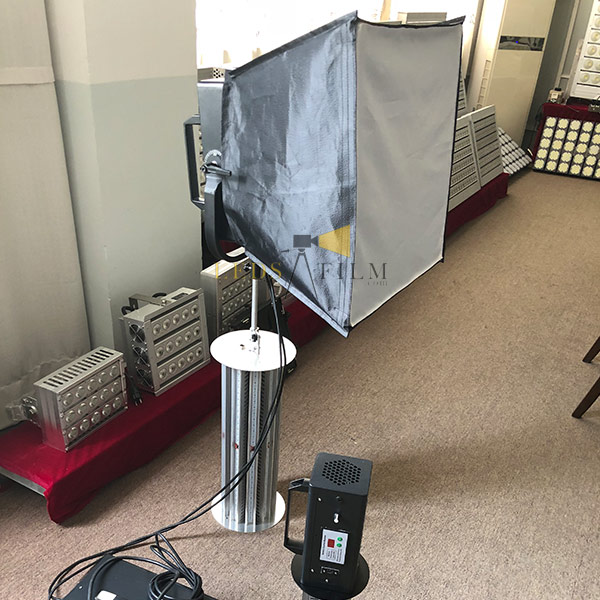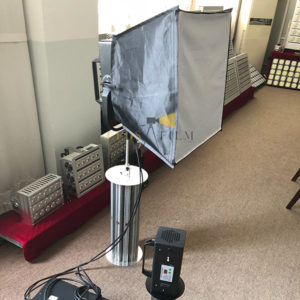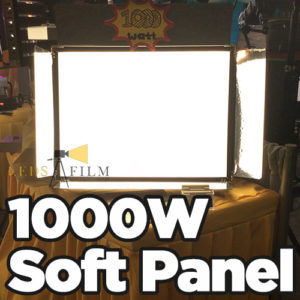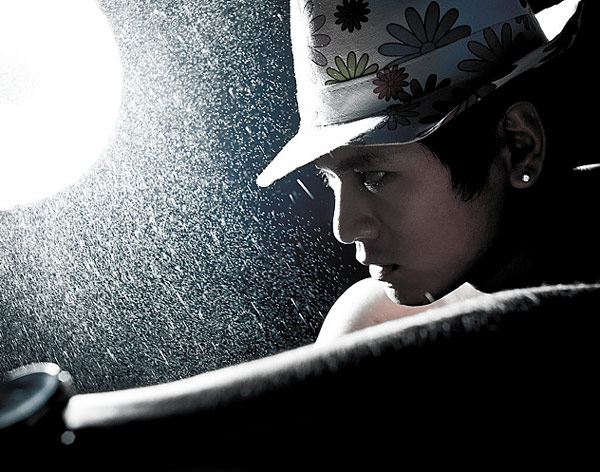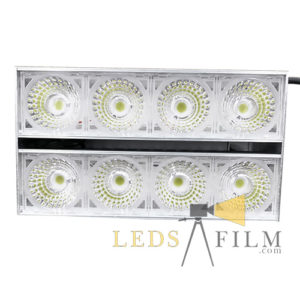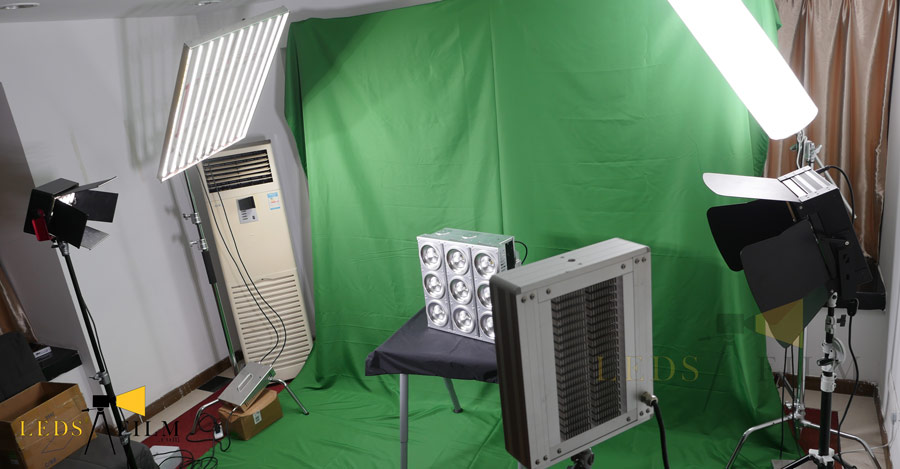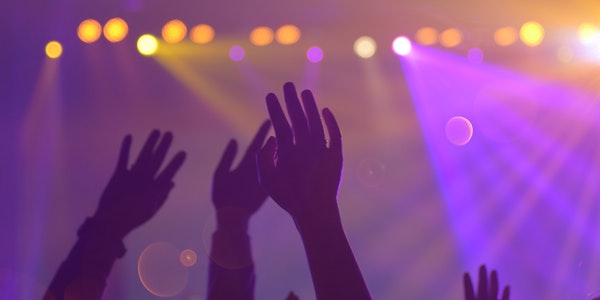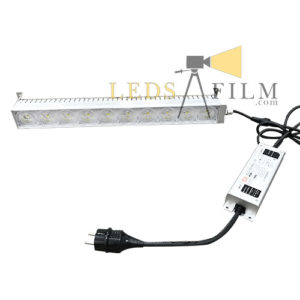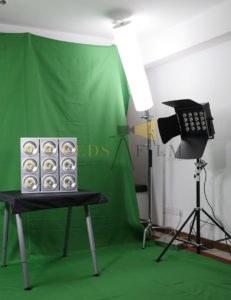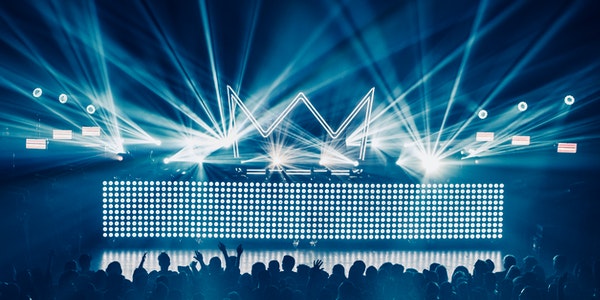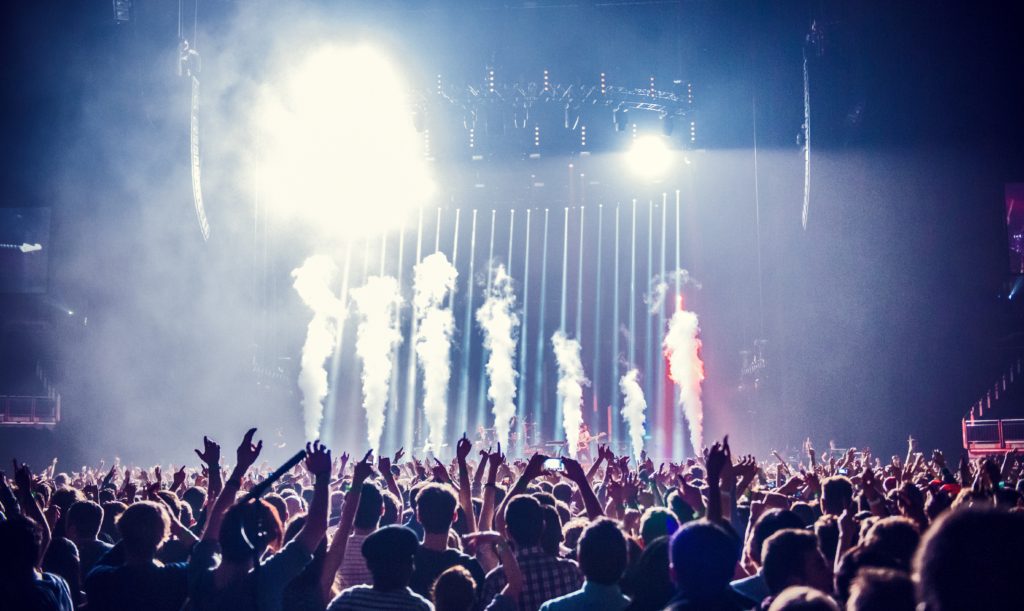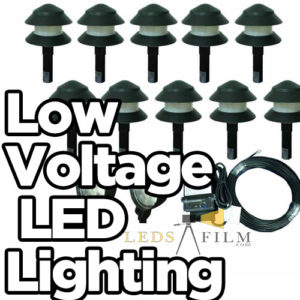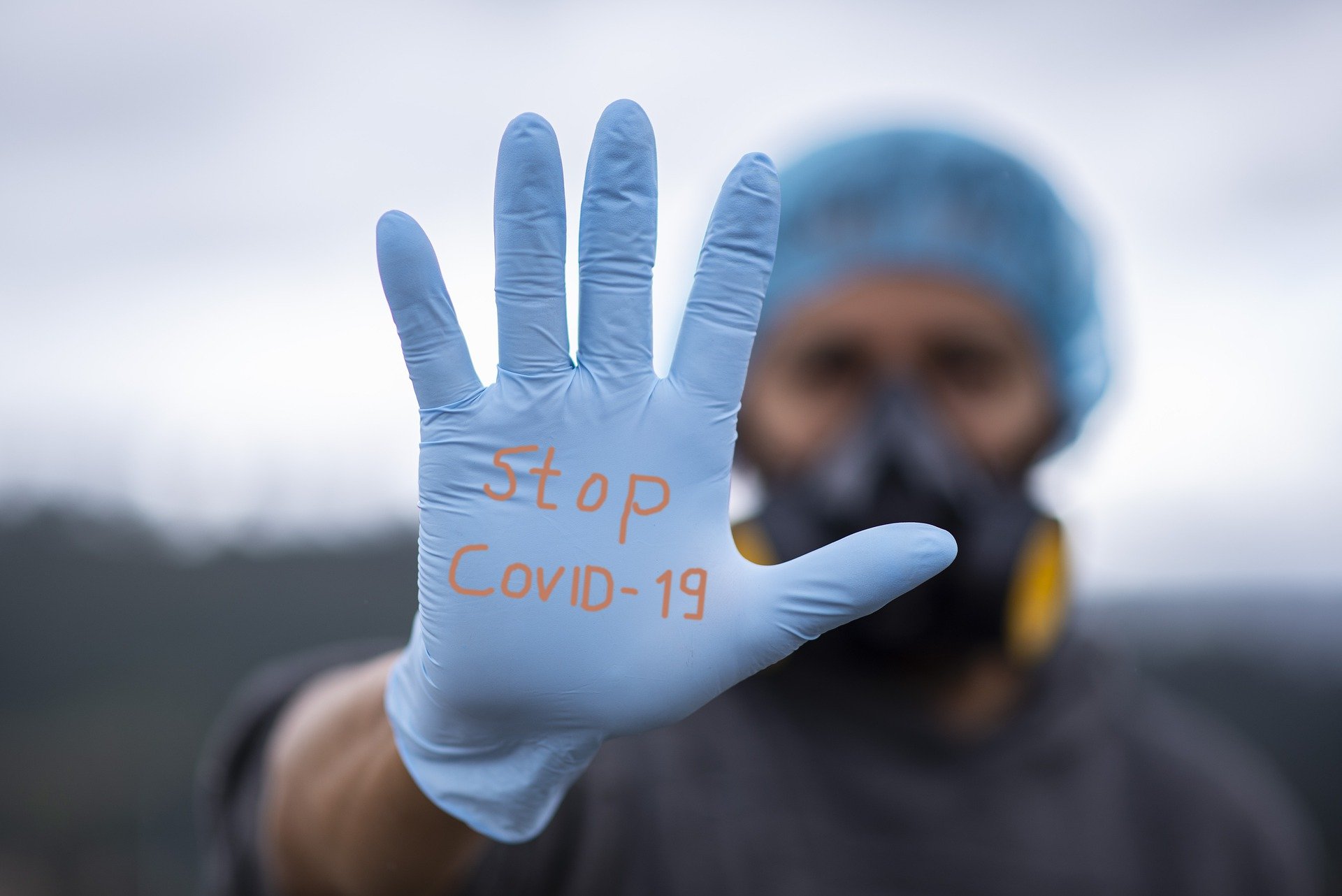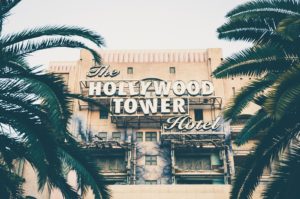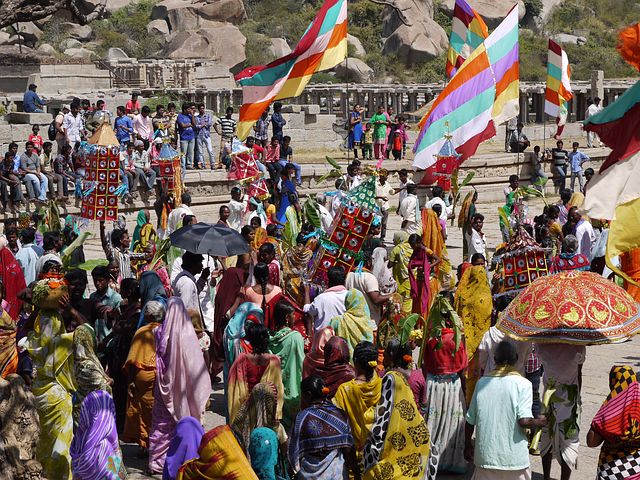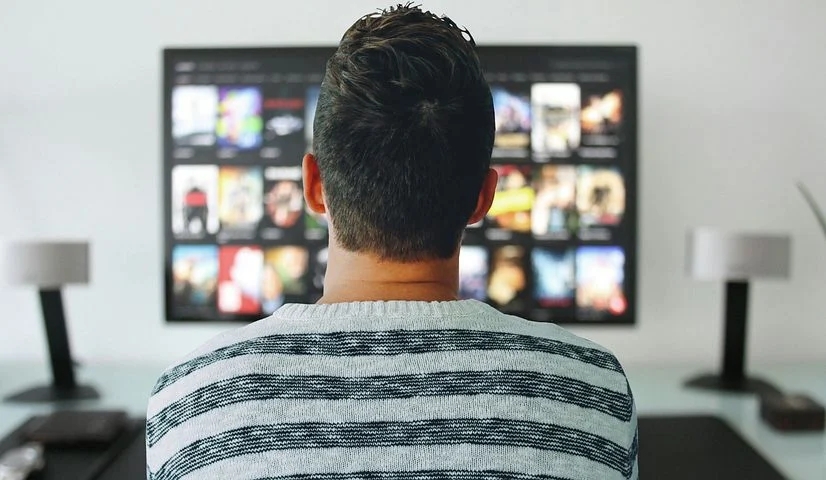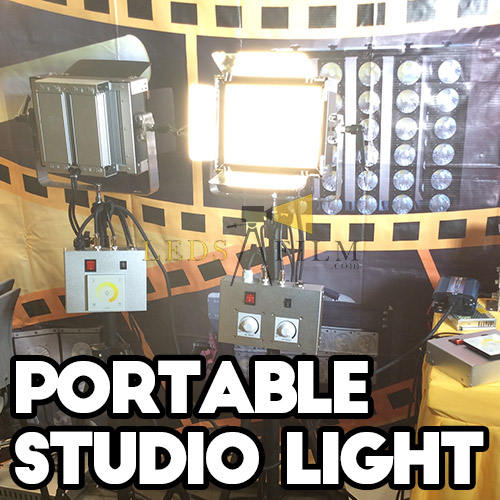Introduction to Soft Light
Soft light refers to a photography light with soft light and no obvious shadows, suitable for reflecting the shape and color of objects, and giving people a soft and delicate feeling. The light from the flash can be softened to make the photo look more natural.
Its principle is to transform the direct light from the rigid flash through the high-temperature-resistant translucent plastic into soft diffused light, eliminating the annoying highlight spots on portraits and other objects, making your photos as beautiful and natural as those taken in a studio .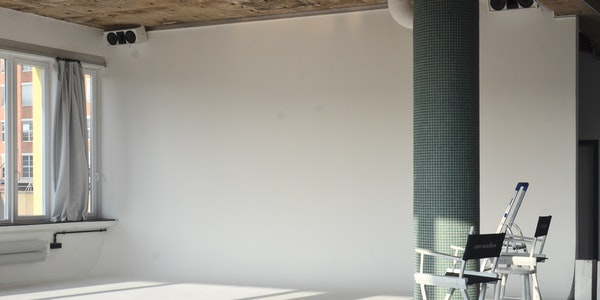
Generally speaking, soft light and hard light are actually the quality of light used in photography, which refers to the hard and soft characteristics of light. The so-called hard refers to the shadows produced by light that are clear and dense, with sharp outlines and high contrast, and the so-called soft refers to the soft and unclear shadows produced by light, with gradual contours and low contrast. Hard light has obvious directionality, it can make the subject have a sharp contrast between light and dark, which is helpful for the performance of texture. Hard light tends to give people a sense of fortitude and vitality, while soft light has no obvious directionality. It is suitable for reflecting the shape and color of objects, but it is not good at expressing the texture of objects. Soft light often gives people a soft and delicate feeling.
Bi-color LED video soft light is a patented product specially developed for meeting rooms, lecture halls, auditoriums and studios.
Name: Bi-color LED video soft light
Model: LS-BCL600
Voltage: AC 100~250V 50/60Hz
Light source: High efficiency Bridgelux LEDs
Power: 600W
Color temperature: 3200K~5700K
The bi-color soft light is one of our company’s patented products. It is an adjustable angle three-color soft light, which is composed of a fixed bracket, a lamp panel cover and a lamp panel rear cover.
There is a small round hole on each of the four corners of the fixed bracket, and there is a U-shaped card slot on each corresponding two sides in the fixed bracket, which includes:
There is an elastic steel sheet on the side of a U-shaped card slot. The wave-shaped recessed light return plate is sleeved and fixed in the lamp panel cover, the lamp tube socket is installed on an inner side of the lamp panel cover, and the lamp tube bracket is installed on the corresponding side surface to form the lamp panel cover. There are rows of heat dissipation holes on the two long sides of the back cover of the lamp panel.
—The positioning support frame and the supporting screw fixing frame are fixed on the two corresponding short sides in the back cover of the lamp panel,
–The electronic rectifier, power socket and power switch are fixed on the back cover of the lamp panel.
The advantages of this product are that it does not block the line of sight, is not dazzling, and can adjust the projection angle. It can be widely used in video conference rooms, academic lecture halls, electronic classrooms, and studios as TV camera lighting fixtures.
Features
The lamp body is a high-strength lamp body made of light steel plate. The lamp body is resistant to high temperature, sturdy and durable, and has good heat dissipation performance.
It adopts high-quality lamp base and the contact is made of high-quality alloy material, which has the characteristics of good electrical conductivity, anti-sparking, high-temperature arc resistance, good contact and long service life.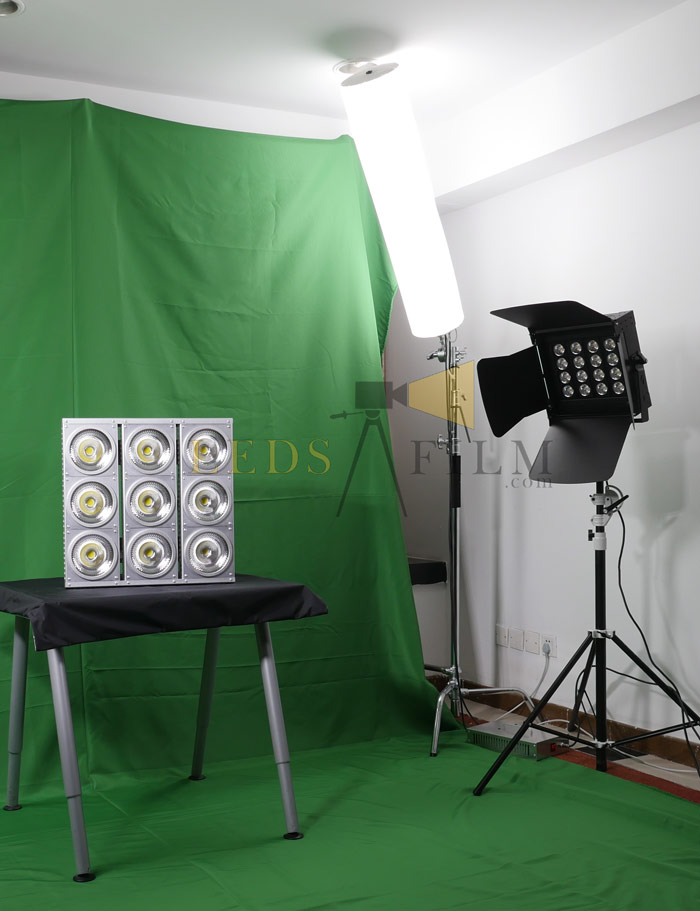
The reflector is made of orange peel mirror aluminum plate, and the surface is sandblasted to ensure that the curve of the reflection system is complete. The two sets of reflectors are combined to form the best secondary reflection system to achieve the best optical effect of the lamp during use.
This high-efficiency lighting, uniform and soft light, large illumination range, good reflection performance, and easy color change. It is widely used in film and television production. It is the most suitable light source for studios and studio audiences. The light source chooses domestic and international standard Bridgelux or CREE LED beads. The lamp has three control modes: manual, lever control and electromechanical control for users to choose.
Advantages of Bi-color LED Video lights
★There are two key components of Bi-color soft light: one is the lamp bead and the other is the driving power supply. The lamp beads determine the color temperature, color rendering index, light efficiency and life of the soft light. The high-order harmonic content of LED drive power is an important indicator for studio lighting (20KHz to 70KHz). Too high harmonics will directly affect the audio signal produced by TV. In addition, the color rendering index of soft light varies according to different brands of lamp beads. For example, in the soft light suitable for TV studio 3000K color temperature, the color rendering index of Bridgelux, CREE XTE is 90-100, and the luminous efficiency It is 130 LM/W, while the color rendering index of OSRAM or PHILIPS is 80-89, and the luminous efficiency is 100 LM/W. The color rendering index is high, and the cost is higher. According to the requirements of the color rendering index of TV lighting, the studio should use CREE XTE lamp beads as the light source. Therefore, it is very important to choose a qualified soft light. Therefore, when we choose a soft light, we must look for the high-order harmonic content of the driving power supply and the parameters of the lamp beads.
★Bi-color soft light is a color temperature (3200K~5700K) composed of red, green, and blue light. Its properties are relatively stable, and its light beam fully meets the color temperature requirements of the camera. In the dimming process, the light-emitting color temperature will not change with the change of brightness, so the color temperature of the shot pictures is stable, the details are clear, and the colors are vivid.
★The light-emitting area is large, the illuminance is uniform, and it is projected on the subject without scattered shadows, so the difficulty of lighting is relatively reduced. And, because of its soft light, it is very delicate when irradiated on the face of the person, making the subject feel very comfortable. The captured images also have an effect that is more “natural”, “softer”, and closer to real life, and this effect is what our majority of TV lighting workers strive for.
★High luminous efficiency, economical and energy-saving. Bi-color soft light only emits visible light and hardly emits light in other spectrums such as infrared, so it hardly emits heat and is a veritable “cold light”. Under the same illuminance, the power consumption of the Bi-color soft light is only about one-tenth of that of the heat source, which not only saves electricity but also reduces the energy consumption of the air conditioner, and can even completely eliminate the air conditioner. It can save more than 90% of the total operating cost of the studio.
★The service life of the lamp tube is more than 50,000 hours. This is incomparable with the service life of tungsten halogen lamps ranging from tens of hours to more than one hundred hours. Therefore, the replacement cost is greatly reduced, and the daily maintenance workload of the technicians is greatly reduced.
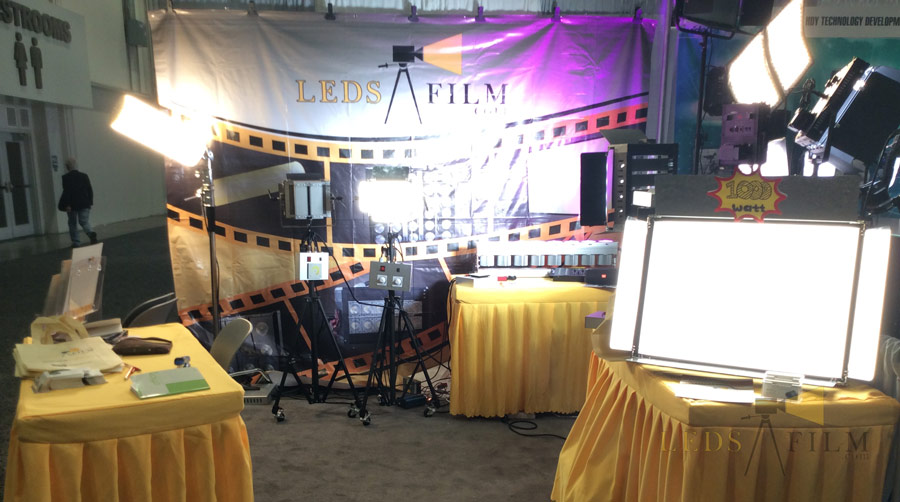
★Make the studio environment more comfortable. Because the cold light source overcomes the shortcomings of high-temperature radiation generated by the hot light source, even if the light is turned on for a long time, there is no temperature change in the studio. And the light it emits is soft and not dazzling, and the studio staff will be more conducive to their full performance in this comfortable environment. Because of the above-mentioned advantages of Bi-color soft light, looking at many international TV stations, cold light sources are becoming the preferred lighting method for small and medium-sized studios such as news and interviews.
Disadvantages of this lamp
- The illumination distance of the bi-color soft light is relatively short, generally between 2.5 meters and 3 meters, which is not conducive to the shooting of large scenes. Once the panoramic view is taken, it is easy to cause the lens to pass through.
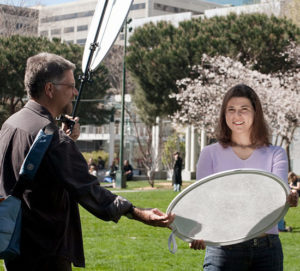 Because the soft light uses more lamp beads and has a larger light-emitting area, it uses the ring lighting method usually used in European and American television media. The faces of the people photographed are often due to the lack of main light and auxiliary light. , The illumination is too uniform and lacks texture, the shape is not vivid enough, and the lines are not clear enough. In addition, because the light of the soft light is relatively “flat” and not three-dimensional enough, we Asians are not like Europeans and Americans with well-defined faces, so they can’t shape the facial features of the characters well, and sometimes even expose some of the shortcomings of the characters. It makes the captured picture look like a still picture, lacking a sense of three-dimensionality and being too rigid.
Because the soft light uses more lamp beads and has a larger light-emitting area, it uses the ring lighting method usually used in European and American television media. The faces of the people photographed are often due to the lack of main light and auxiliary light. , The illumination is too uniform and lacks texture, the shape is not vivid enough, and the lines are not clear enough. In addition, because the light of the soft light is relatively “flat” and not three-dimensional enough, we Asians are not like Europeans and Americans with well-defined faces, so they can’t shape the facial features of the characters well, and sometimes even expose some of the shortcomings of the characters. It makes the captured picture look like a still picture, lacking a sense of three-dimensionality and being too rigid.
Effective application
Cold and hot mixed usage
Use 600W bi-color soft light as the basic lighting (circular lighting method), and use a 1000W spotlight to supplement the backlight and the main light, which can make up for each other’s deficiencies, so as to achieve better results.
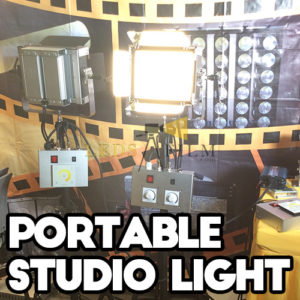
Illumination distance modeling method
Using bi-color soft light as the basic lighting (circular lighting method), due to the difference in the amount of light produced by the distance between the luminaire and the subject, the size of the tone produced will also be different: such as In the live broadcast of news programs, the distance between the main light and backlight and the subject can be set to two meters, and then the distance between the auxiliary light and the subject is set to 3 meters, so as to achieve the specific goal of a breakthrough in character modeling.
Adjust the light and shadow shape
Use the change of the size of the lamp to adjust the light and shadow shape to achieve the desired effect. That is to use bi-color soft light as the basic lighting (circular lighting method), and for the main light and backlight, use a lamp with a larger wattage and a larger number of lamp beads, such as a 15W × 32 lamp, and in addition to the auxiliary In terms of light and modified light, lamps with a small wattage and a small number of lamp beads, such as 36W×2 lamps, can be used. The background light can be adjusted appropriately according to the distance between the background film and the announcer. Generally speaking, 36W×4 lamps can be used for news programs.
